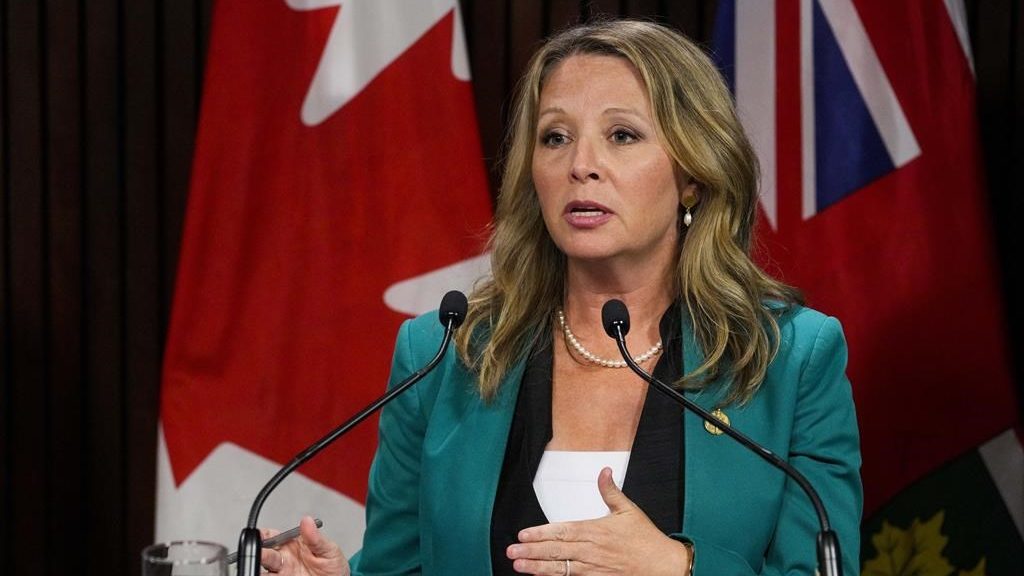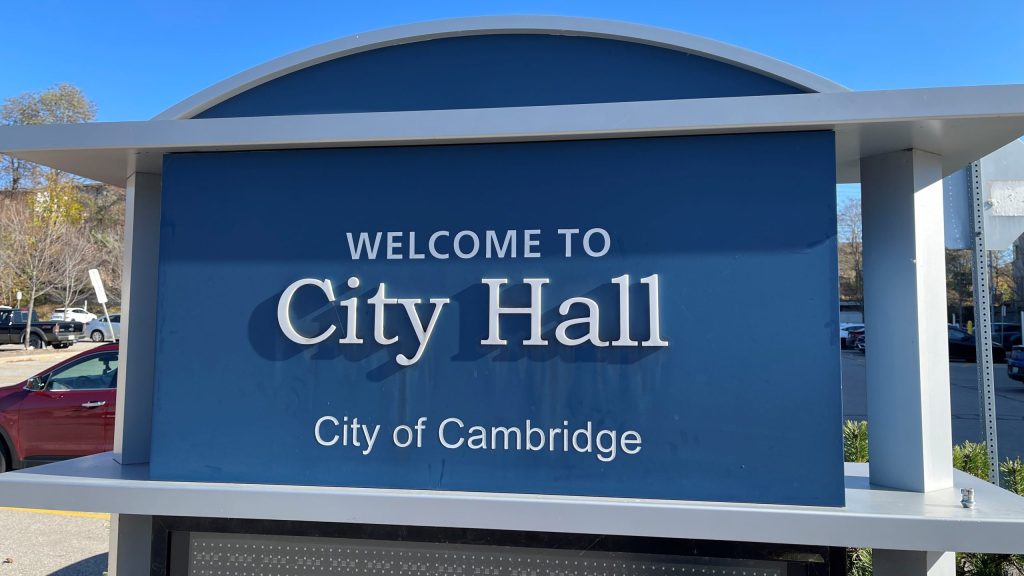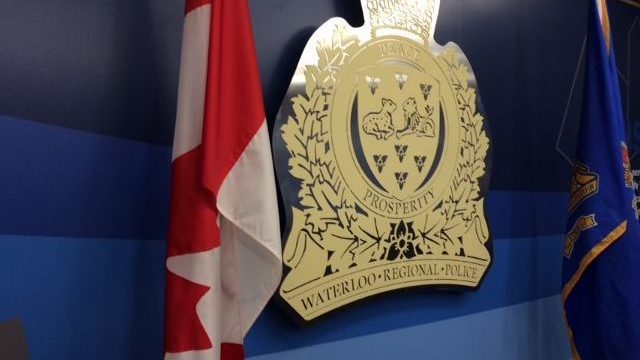Onward to Cambridge!: Region gets provincial go-ahead to bring planned LRT route to city by 2032
Posted Jun 21, 2021 08:35:00 PM.
Cambridge is one step closer, but still over a decade away, from seeing ION trains fly over Shantz Hill and across the Speed River on their way to Hespeler Road and downtown Galt.
The Region of Waterloo announced Monday the province has signed off on “one of the major milestones” in bringing Stage 2 of light-rail transit (LRT) through Cambridge.
The Transit Project Assessment (TPA) that began last December, received approval from the province, without conditions, June 10.
The TPA lays tracks for the region to move ahead with its plan to build the $1.36 billion extension that will add 18 kilometres to the ION light rail transit system through Cambridge, along the region’s preferred route.
Construction, said Matthew O’Neil, manager of rapid transit coordination for the region, could begin as early as 2028 and wrap up in 2032, pending provincial and federal funding.
The expectation is the build cost will be fully funded by both levels of government.
Environmental impact of the project is the crux of the TPA and was addressed through the Environmental Project Report completed in April. The TPA gives the region the green light under the Environmental Assessment Act to create its business plan and financial case, and begin lobbying both levels of government early next year.
“It’s a strategic investment in the community, not just in terms of the vehicles and how we get around, but also in terms of how we grow and where we grow,” O’Neil said.
He explained that because the LRT is a proven tool in spurring intensification along the transit corridor, it protects agricultural lands and greenfields on the region’s outskirts.
Highlighting the success of the ION, not only in providing “a convenient transit option to residents”, but also bringing an estimated $3.5 billion in investment to the central transit corridor, Regional Chair Karen Redman called the project “transformational.”
When Stage 2 is complete, the region’s rapid transit system will consist of 37 kilometres of track and 27 stations.
“It has helped us grow up, not out,” she said, adding that by 2051 the region’s population is expected to reach more than 900,000 residents.
Redman called the Cambridge extension a crucial support to sustainable growth in urban areas with higher densities and an important part of the region’s climate action plan.
“We’re thrilled that we’re one step closer to creating a more sustainable, inclusive and connected community,” she said.
President of the Cambridge Chamber of Commerce, Greg Durocher called the step forward in the Cambridge LRT extension the city’s “stake in the ground for growth” and creating better and more efficient communities for many years to come.
“There’s still some runway to navigate but this is a huge step,” he said. “I’m so excited about this and I know a lot of business people in Cambridge are really excited about this.”
Cambridge Mayor Kathryn McGarry said Stage 2 of the LRT “means not only investment in the community, but also investment in our future” where environmental sustainability is a top priority.
She said she expects the business case for the extension will give the region the ammunition to lobby the provincial and federal governments hard.
“Upper levels of government. You hear us now. We’re coming for you; we’re coming for that funding,” McGarry said. “Onward to Cambridge.”
Redman added one of the greatest strengths in the business case for Phase 2, even as governments struggle with post-pandemic debt, will be the demonstration of how well Phase 1 delivered results in terms of investment in the community, not just as a people mover.
“I think we go in with a very strong case and demonstrated ability to deliver,” she said.
McGarry added infrastructure investment is a “proven way of coming out of an economic downturn” and a way to signal to investors “that we’re open to business and able to get going on some of these incredible projects.”
Regional councillor Tom Galloway said he doesn’t anticipate borrowing costs for Phase 2 of the project to be “anywhere near” what they were for Phase 1.
He said impact to property taxes would be “considerably less,” although he anticipates the phase-in of collecting property taxes to fund operating costs may have to start within the next few years.
That could be offset by imminent investment along the Cambridge transit corridor, which he expects will begin well in advance of shovels going in the ground.
“This is going to be a huge signal to the development industry in Cambridge,” he said.
What happened in Kitchener and Waterloo, “teaches developers in the south that you kind of want to get in early as land prices may well spike,” Galloway said. “The planning tool kicks in much earlier than the ribbon cutting.”
Loss in ridership during the pandemic led the region to seek about $38 million from the federal and provincial governments to keep its transit system operating as an essential service.
Asked how that loss could impact decisions going forward, even though implementation of Stage 2 is a decade away, O’Neil said ridership is expected to increase at a rapid pace once residents get fully vaccinated.
He added the region is “very confident” ridership will only increase with the amount of growth anticipated in Cambridge over the next 30 years.
Regional councillor Sean Strickland reiterated how transit will be an important component of the region’s economic recovery.
“It’s great that it moves people, but it’s also a planning tool and this will really help with increasing our intensification and bringing some more development to Cambridge.”










